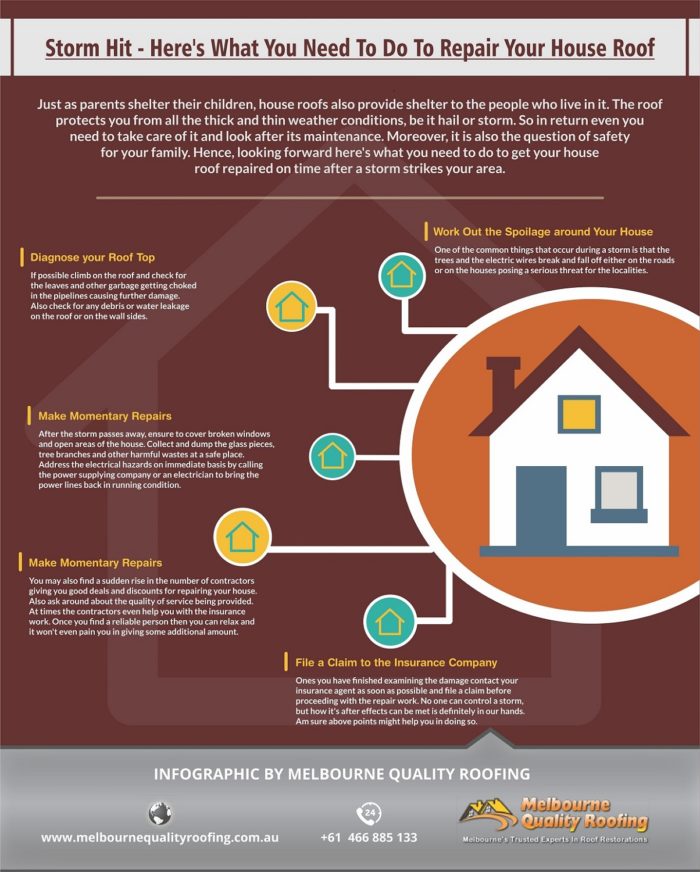Overlooking Roofing System Ventilation Can Cause Expensive Fixings; Discover The Vital Considerations That Ensure Efficient Setup And Maintain Your Financial Investment
Overlooking Roofing System Ventilation Can Cause Expensive Fixings; Discover The Vital Considerations That Ensure Efficient Setup And Maintain Your Financial Investment
Blog Article
Material Author-Kehoe Walls
When you're tackling a roof project, you might not assume much regarding roofing air flow, but it's more essential than you realize. Effective air flow assists regulate temperature and wetness in your attic, protecting against problems like mold and mildew and architectural damages. By recognizing how to design and set up a balanced ventilation system, you can enhance energy effectiveness and lengthen the life expectancy of your roofing products. So, what are the essential factors to take into consideration during setup that can make all the difference?
Significance of Roofing Air Flow
Roofing system air flow plays a vital duty in keeping the general health of your home. By permitting fresh air to flow via your attic, it assists manage temperature level and dampness degrees. This equilibrium is necessary to protect against heat build-up throughout hot months, which can bring about increased power costs as your air conditioning works overtime.
Additionally, appropriate ventilation considerably decreases the threat of moisture-related issues like mold and mildew. If humidity levels climb, your home's architectural stability can be jeopardized, bring about costly repair work. You would not wish to manage deteriorating timber or warped roofing products, right?
Furthermore, sufficient ventilation prolongs the life expectancy of your roofing system. When warmth and moisture are kept in check, your roofing system can execute optimally, avoiding early deterioration. This implies fewer migraines and expenses down the line.
Exactly How Roofing Air Flow Works
Efficient roofing air flow counts on the natural movement of air to produce an equilibrium in between consumption and exhaust. When you install vents, you're essentially allowing fresh air to enter your attic while enabling hot, stagnant air to get away. https://roofinspections62727.blog-a-story.com/14692175/failing-to-deal-with-roofing-system-ventilation-may-cause-considerable-damage-explore-the-critical-factors-that-contribute-to-a-successful-installment-and-protect-your-monetary-dedication helps regulate temperature level and dampness levels, avoiding issues like mold and mildew growth and roof covering damages.
Intake vents, usually discovered at the eaves, attract cool air from outside. On the other hand, exhaust vents, situated near the ridge of the roofing, allow hot air rise and departure. The difference in temperature level develops a natural airflow, known as the stack result. As cozy air increases, it produces a vacuum that pulls in cooler air from the reduced vents.
To optimize this system, you require to make sure that the intake and exhaust vents are correctly sized and positioned. If the consumption is limited, you won't attain the wanted air flow.
Furthermore, not enough exhaust can catch warm and moisture, bring about prospective damage.
Key Installment Factors To Consider
When setting up roofing system air flow, several essential factors to consider can make or damage your system's efficiency. First, you need to evaluate your roof covering's layout. The pitch, shape, and materials all influence air movement and ventilation selection. Ensure to select vents that fit your roof covering type and local climate conditions.
Next, take into consideration the placement of your vents. Ideally, you'll want a balanced system with intake and exhaust vents positioned for optimum airflow. https://kevsbest.com/roofing-contractors-in-houston/ on the roof covering and exhaust vents near the peak to encourage an all-natural circulation of air. This arrangement helps avoid wetness buildup and advertises power performance.
Do not ignore insulation. Appropriate insulation in your attic room stops heat from leaving and keeps your home comfy. Guarantee that insulation doesn't obstruct your vents, as this can hinder airflow.
Lastly, think of maintenance. Choose ventilation systems that are simple to accessibility for cleansing and inspection. Regular upkeep ensures your system remains to function successfully in time.
Final thought
Finally, roofing system air flow is essential for an effective installation. By ensuring proper air flow, you can avoid heat accumulation and moisture issues that result in pricey damages. When you tactically position intake and exhaust vents, you boost energy efficiency and extend the lifespan of your roof covering. Remember, a well-ventilated roof not only shields your financial investment but additionally enhances your indoor air top quality. So, prioritize air flow to ensure a durable and cost-efficient roof for your home.
